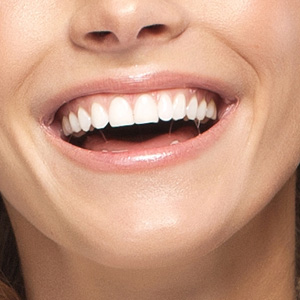Periodontal Pocket

Your bone and gum tissue should fit snugly around your teeth. Periodontal pocket occurs when the bone and gum tissue do not fit snugly around your teeth creating spaces or "pockets" around the teeth.
If the pockets become larger and deeper more bacteria has a place to live. Bacteria will destroy gum and bone tissue surrounding your teeth if not removed. As bacteria accumulates around the teeth and advances under the gum tissue, this is known as periodontal disease. Eventually, if too much bone is lost, the teeth will need to be extracted.
To some degree, everyone has some pocket depth. However, a true periodontal pocket is a result of a probing measurement of 4 mm or more. In this state, much of the gingival fibers that initially attached the gingival tissue to the tooth have been destroyed.
Treatments
Gingivitis is the first stage of periodontal disease and includes pockets with a depth of 4mm or more. If you have gingivitis, your dentist or hygienist will clean your teeth by scaling and polishing them. They may also recommend an antiseptic mouthwash containing chlorhexidine and show you how to brush and floss your teeth effectively.
A deep-cleaning method called scaling and root planing will help remove hard-to-remove bacteria that is embedded on and around the teeth. Scaling is the process of scraping off the tartar from above and below the gum line. Root planing polishes and removes rough spots on the tooth root where the germs gather and helps remove bacteria. In some cases, a laser may be used to remove plaque and tartar. This procedure can result in less bleeding, swelling, and discomfort compared to traditional deep cleaning methods.
Periodontal Pocket Reduction
Another treatment is periodontal pocket reduction. This procedure involves folding back the gum tissue and removing the disease-causing bacteria. Once the bacteria is removed, the tissue is then secured back into place. Sometimes it is necessary to smooth out the surface of damaged bone to limit any areas where bacteria can hide. Smoothing out the area of concern will allow the gum tissue to reattach better to healthy bone.
Veteran & Woman-Owned Practice
At Coastal Periodontics, we are proud to be both a Veteran and Woman-Owned periodontal practice. This foundation reflects our commitment to excellence, service, and leadership in patient care. Our values are shaped by a strong sense of discipline, integrity, and compassion—qualities that guide every patient interaction. When you choose us, you're supporting a practice built on dedication to both country and community.








